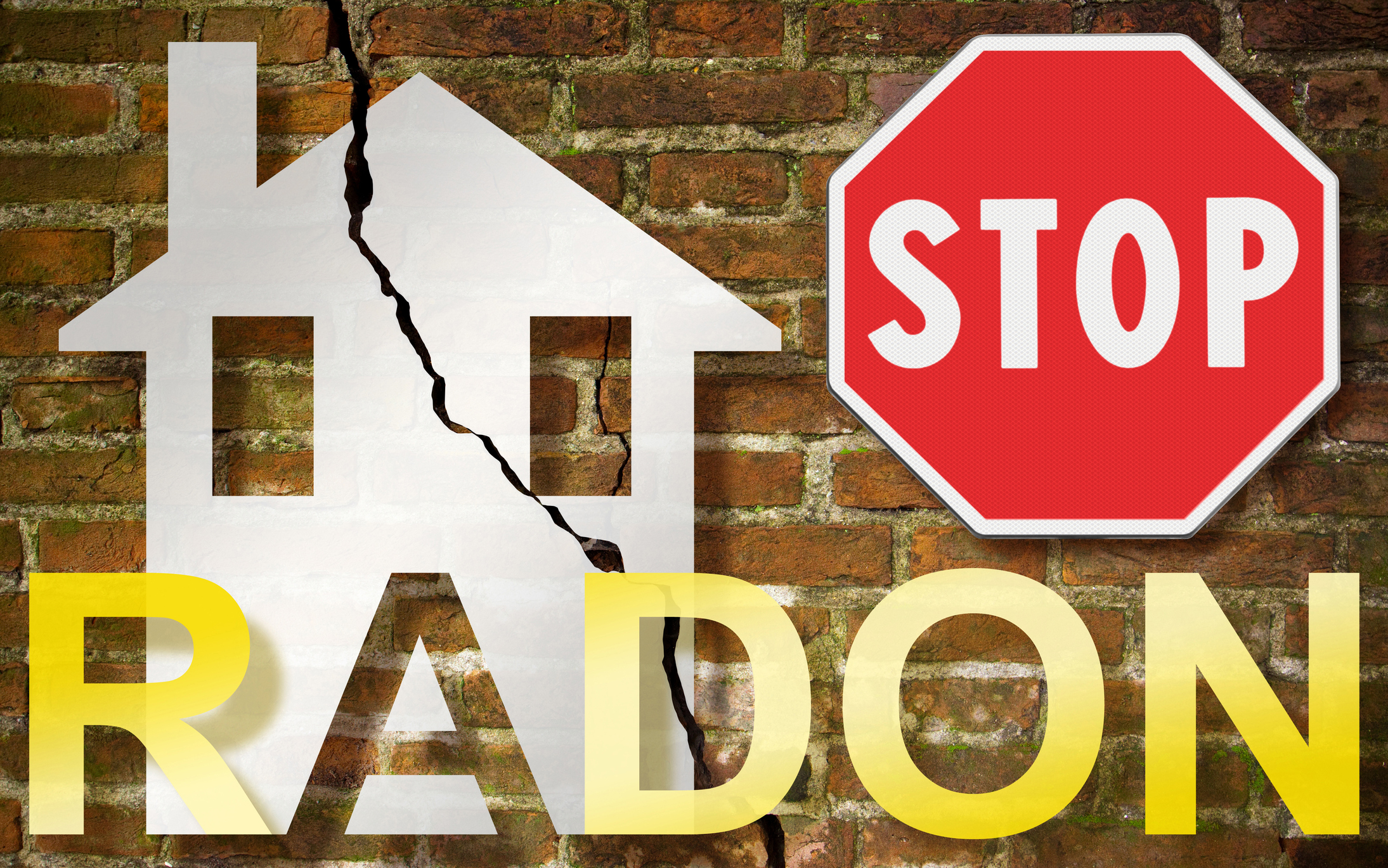
By Art Nash
I recently spoke with someone who was helping build a house and wanted to know about testing for radon. In Alaska, hearing this question in June is unusual, as we usually think about testing for radon in the winter months.
He lives in a state where many communities have a strong awareness of radon. They have regulations requiring radon mitigation systems to be added early in the construction phase, well before radon testing occurs. Radon mitigation systems can be in place and inactive but easily put into production if a high level is detected with testing after the home is built and lived in there. It’s sort of an “on deck” mentality to keep radioactive gas out of homes.
In Alaska, no community requires testing for radon or has codes or regulations for mitigation systems built before residency — although it is not a bad idea and fairly low-cost to put a system in as a backup in many parts of the state. There is also no Alaska community requiring testing during home inspections for house sales, yet it is a good idea and very low-cost when considering the price of the entire home.
I mentioned that testing should be done after the home has been built and lived in for a bit. This is because the occupants may have behaviors that affect the radon concentrations in the home.
A newly built home hopefully has no breaches in the foundation through which radon gas in the soil can seep, but it can happen, and thus, it is good to test during the first winter that the home is lived in.
Why winter? Chances are that the home doors, windows and passive vents to the outside are closed, and thus, the radon concentration is probably more built up than in summer.
Residents also tend to stay indoors more in winter and would likely be more exposed to concentrated radon.
That is not to say that even if your home foundation is fully intact, you can’t be exposed to radon.
Research into the radiation effects of radon in building materials such as granite fireplace mantles, kitchen countertops, and decorative rock work is ongoing.
Though the radon concentration levels from granite alone aren’t generally high, it could add to radon coming through the soil/foundation or, in some cases, even concentrations emanating from kitchen sink fixtures and sprayers due to radon in water. The total alpha particles coming from radon can be a health risk and other radioactive elements that come about after radon decay.
So, when building a home in the summer, setting up radon mitigation systems can be something to think about, not just in winter when most testing happens.
Art Nash is the statewide energy specialist at the UAF Cooperative Extension and has worked with radon tests and concerns since 2007. Contact him at alnashjr@alaska.edu.